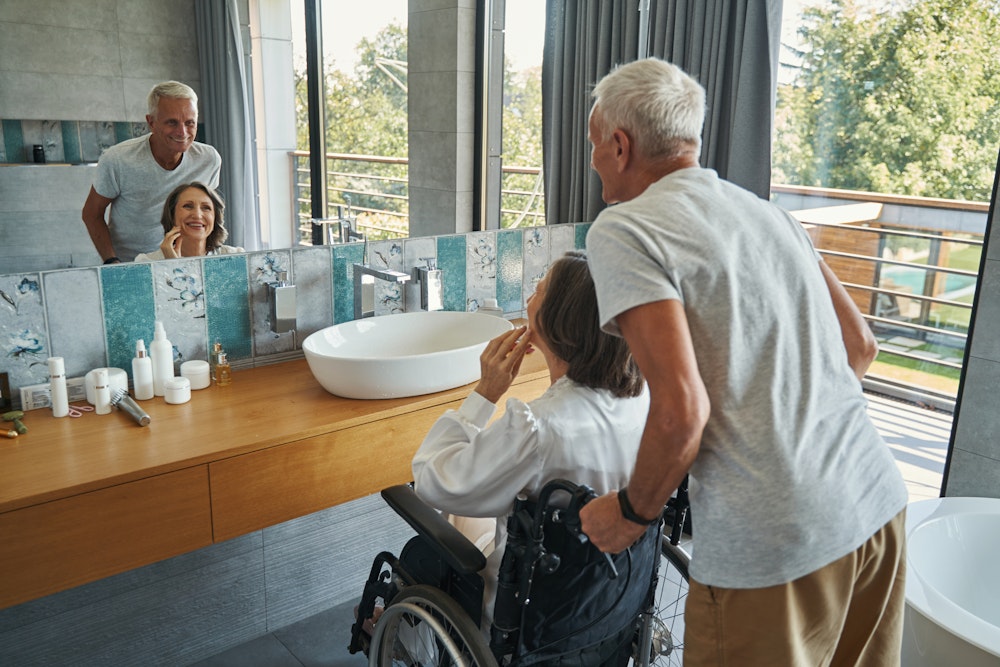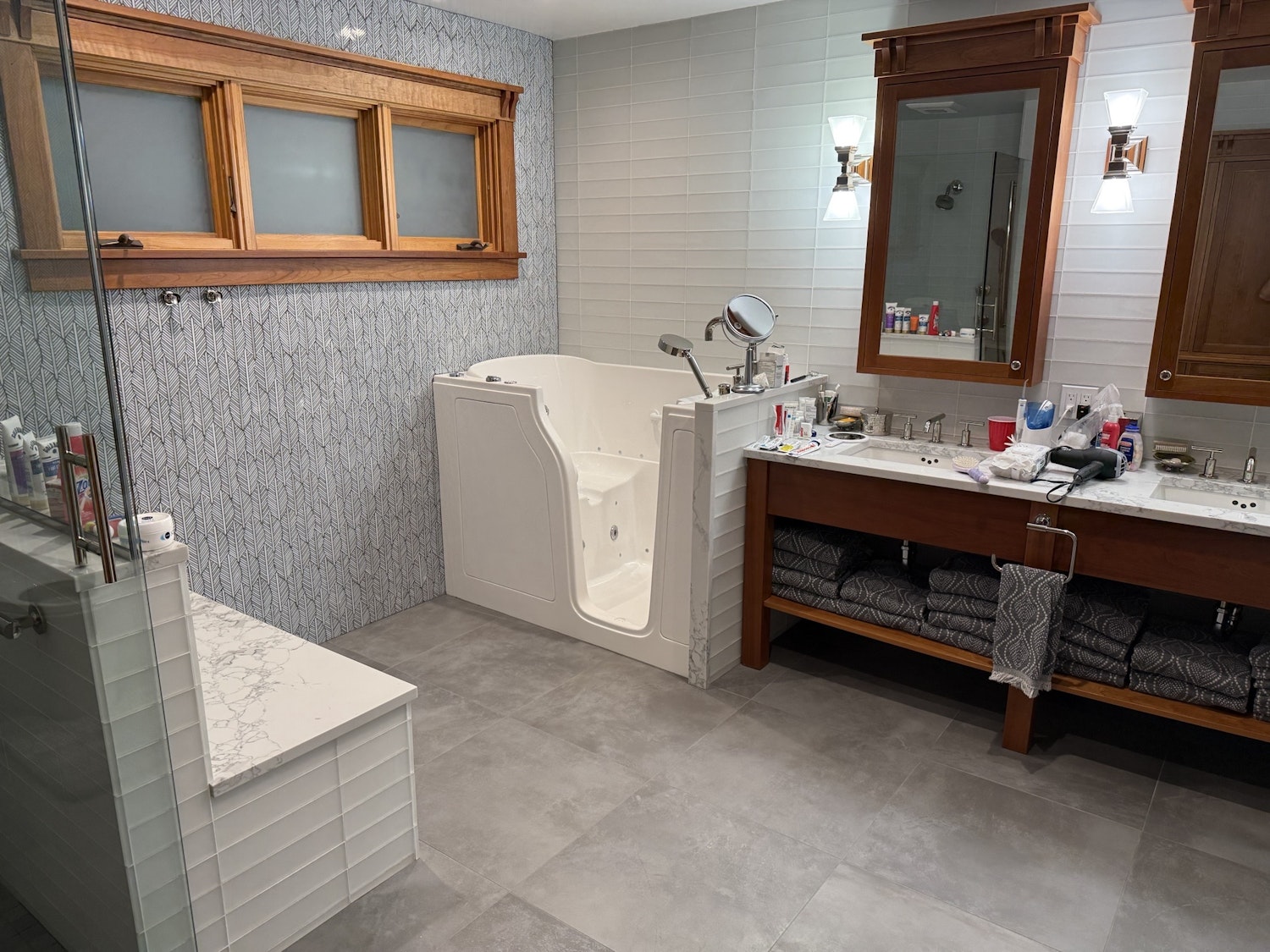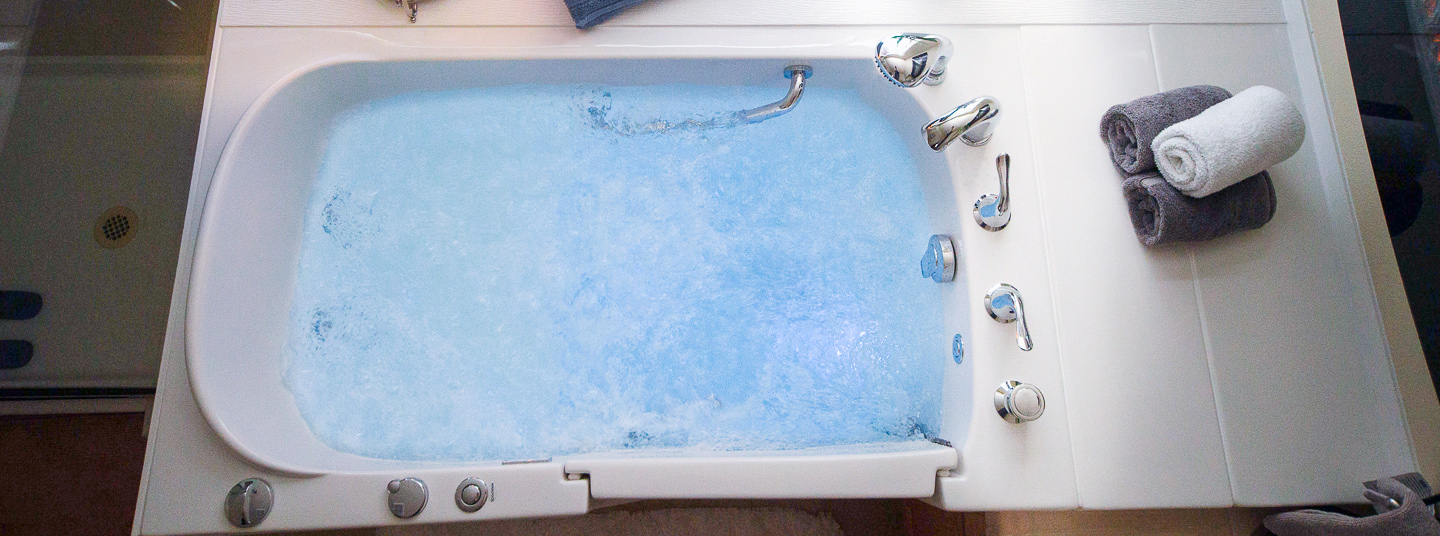One of the hardest conversations many adult children and caregivers face is talking to aging parents or loved ones about their changing safety needs at home, especially when it comes to the bathroom. The bathroom is often the most dangerous room in the house for older adults, with slippery floors, high tub walls, and narrow showers posing real risks for serious falls and injuries.
If you’re concerned about your loved one’s safety, especially their ability to bathe independently, it’s important to approach the topic with sensitivity, empathy, and practical solutions. One of the best upgrades you can recommend is installing a walk-in tub, which is a safe, easy-access bathing solution that helps older adults maintain their independence while greatly reducing fall risks.
Here’s how you can start the conversation and help guide your loved one toward making these important safety upgrades.
Understand the Emotional Side of the Conversation
Before you even bring up bathroom safety, it’s important to understand the emotions tied to the topic.
Aging often comes with fears of losing independence, control, and dignity. A parent who has spent decades caring for others may find it hard to accept help or acknowledge that they need modifications to their home. They may fear that agreeing to changes means admitting they are “getting old.”
Recognizing these emotions upfront can help you approach the conversation with compassion instead of confrontation.
Tips:
- Focus on empowerment, not limitation.
- Emphasize how changes can help them stay independent longer, not take away their freedom.
- Avoid framing the conversation around “you’re getting old.” Instead, focus on “making life easier and safer.”
Choose the Right Time and Setting
This isn’t a conversation you want to rush or squeeze into a stressful moment. Choose a quiet, private time when your loved one is relaxed and open to talking.
Tips:
- Avoid bringing it up during a crisis or argument.
- Frame it as part of a bigger conversation about planning for the future.
- If possible, bring brochures, pictures, or even videos showing how beautiful and spa-like walk-in tubs can be. They aren’t just clinical upgrades, they can genuinely enhance comfort and enjoyment.
Start With Concerns About Safety, Not Criticisms.
Instead of pointing out everything that’s “wrong” with their current setup, frame your concerns around your love and worry for their safety.
For example:
- “I’ve been reading about how common falls are in the bathroom, and it made me worry about you.”
- “I want to make sure you’re as safe and comfortable as possible in your home, now and for years to come.”
- “I know how much you value being able to take care of yourself — that’s why I wanted to talk about ways to make things easier and safer.”
Keeping the focus on your love and care rather than criticizing their current lifestyle is critical to avoiding defensiveness.
Explain Why a Walk-In Tub Is a Smart Upgrade
When introducing the idea of a walk-in tub, it’s important to highlight the benefits in a way that connects to their priorities: independence, comfort, and dignity.
Here’s how a walk-in tub can make a real difference:
- Low Entry Threshold: instead of lifting their leg over a tall tub wall, users simply step in through a low door, greatly reducing the risk of trips and falls.
- Built-In Seating: a comfortable, built-in seat means they can bathe without having to lower themselves onto the floor or stand for long periods.
- Non-Slip Surfaces: walk-in tubs are designed with safety in mind, including textured floors and grab bars for extra security.
- Therapeutic Features: many walk-in tubs include soothing water jets, heated surfaces, and easy-to-use controls. This makes bathing not just safer, but truly enjoyable.
- Independence: with a walk-in tub, your loved one can continue bathing privately without needing assistance from others.
Tip: You can gently mention how much easier it would be for them and also for you, as a caregiver, to know they’re safe.
For example:
- “I know you don’t want me worrying every time you take a bath. A walk-in tub would really give us both peace of mind.”
- “I saw some tubs that are beautiful and designed more like a spa than a hospital. I think you’d really like it.”
Offer to Help, But Let Them Have the Final Say
It’s important to empower your loved one to feel that they are choosing this upgrade — not being forced into it.
Tips:
- Offer to research options together.
- Visit a showroom if possible, or look at online catalogs.
- Emphasize that they can pick the model and features they like best.
Giving your loved one control over the decision-making process helps preserve their independence and makes them more likely to embrace the change.
Address Financial Concerns
Money is often a hidden reason why aging parents resist upgrades like walk-in tubs. They may assume these products are prohibitively expensive or worry about spending money on themselves.
If cost is a concern, be ready to talk about it openly:
- Explain that walk-in tubs come in a variety of price ranges, with options to fit many budgets.
- Mention that some insurance plans or local programs may offer assistance.
- Highlight that preventing a fall (and a possible hospital stay) can actually save thousands in medical bills.
Helping your loved one see a walk-in tub as an investment in their health and independence, rather than just an expense, can ease a lot of concerns.
Reframe the Idea as a Positive Lifestyle Upgrade
Finally, help your loved one see that a walk-in tub isn’t just about safety. It’s about comfort, relaxation, and luxury.
Emphasize:
- Stress Relief: hydrotherapy jets can soothe sore muscles and arthritis pain.
- Easy Bathing: no more climbing, slipping, or struggling to get out of a tub.
- Dignity: they can continue bathing on their own, without assistance.
Paint a picture of how enjoyable their daily routine could be—a safe, soothing, spa-like experience every time they bathe.
Start the Conversation With Love and Positivity
Talking to an aging loved one about bathroom safety upgrades, especially installing a walk-in tub, can feel intimidating, but it’s one of the most loving things you can do.
By approaching the conversation with empathy, patience, and an emphasis on independence and comfort, you can help your parent or loved one make a smart, empowering decision that keeps them safe, happy, and confident at home.
If you’re ready to explore safe, stylish walk-in tub options, our team is here to help. Let’s work together to make your loved one’s home a place of comfort, security, and joy for years to come.




